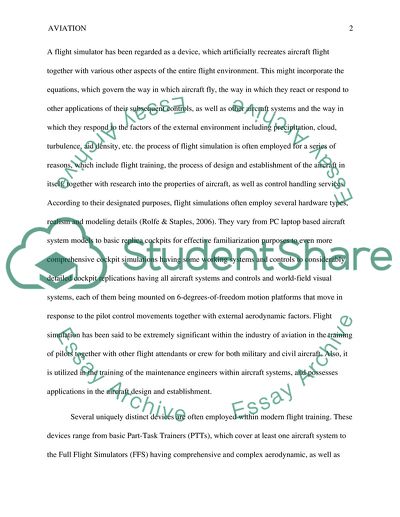Cite this document
(The Flight and Navigation Procedures Trainer Research Paper, n.d.)
The Flight and Navigation Procedures Trainer Research Paper. Retrieved from https://studentshare.org/technology/1788512-research-on-flight-simulators
The Flight and Navigation Procedures Trainer Research Paper. Retrieved from https://studentshare.org/technology/1788512-research-on-flight-simulators
(The Flight and Navigation Procedures Trainer Research Paper)
The Flight and Navigation Procedures Trainer Research Paper. https://studentshare.org/technology/1788512-research-on-flight-simulators.
The Flight and Navigation Procedures Trainer Research Paper. https://studentshare.org/technology/1788512-research-on-flight-simulators.
“The Flight and Navigation Procedures Trainer Research Paper”, n.d. https://studentshare.org/technology/1788512-research-on-flight-simulators.


